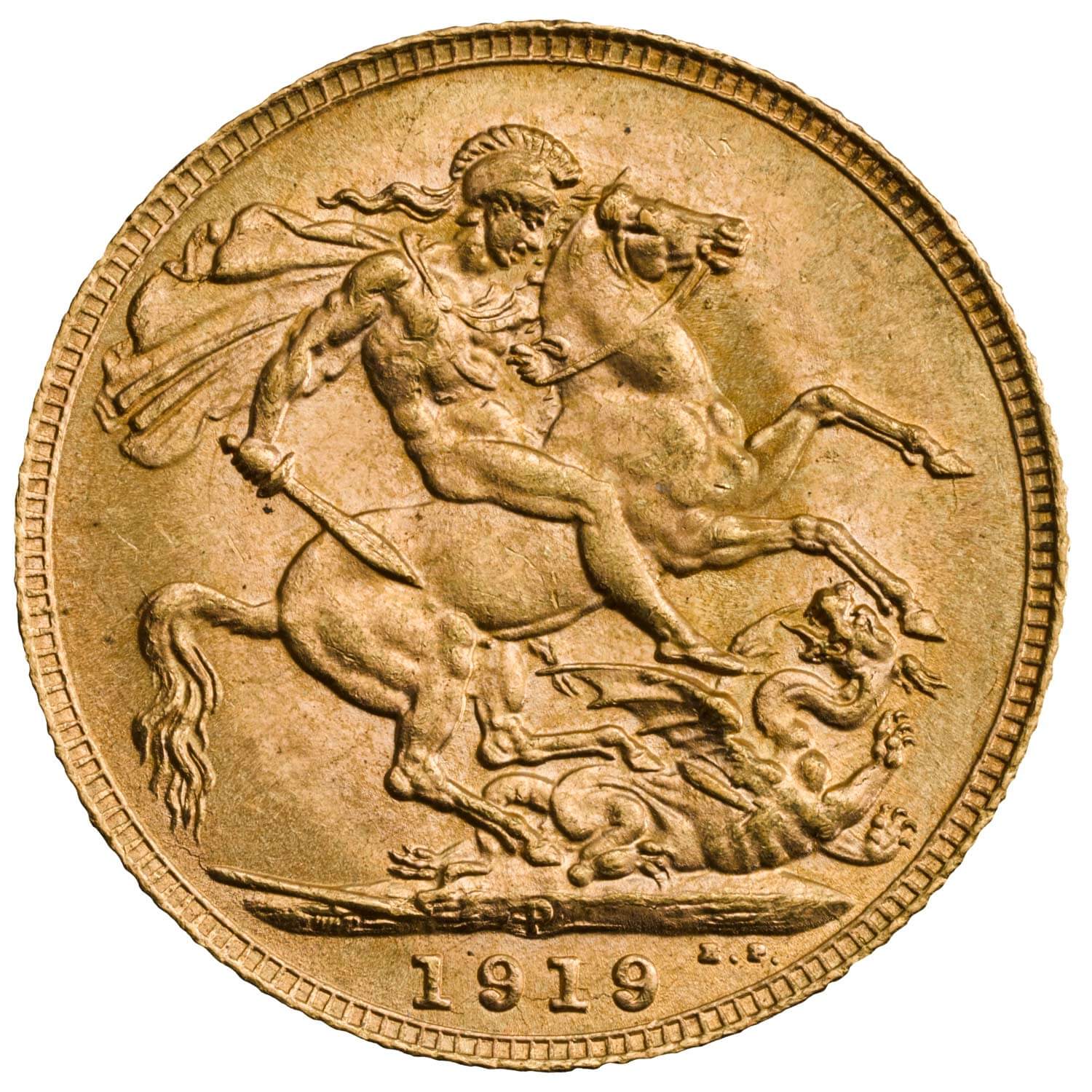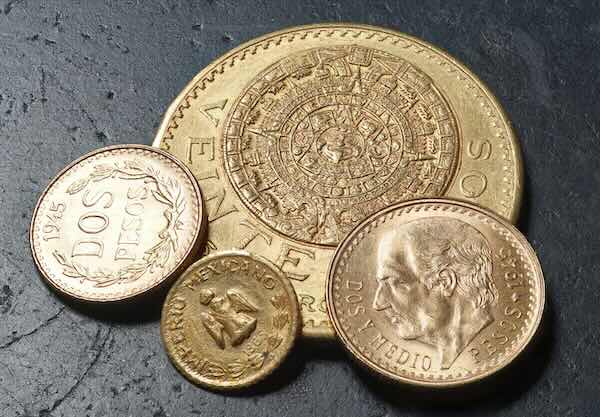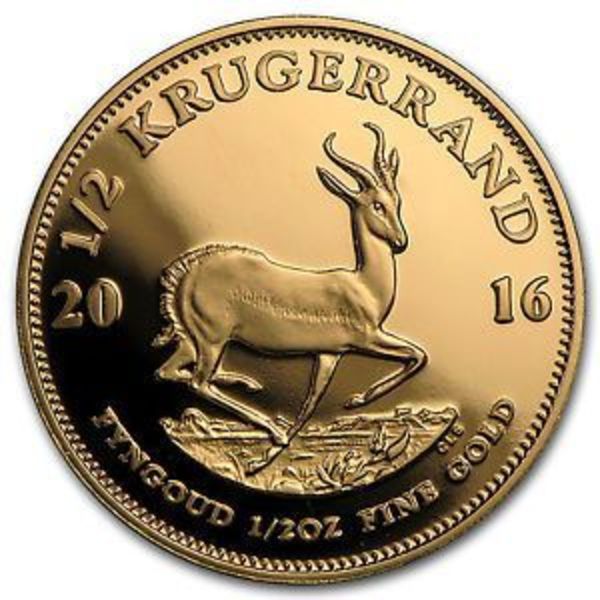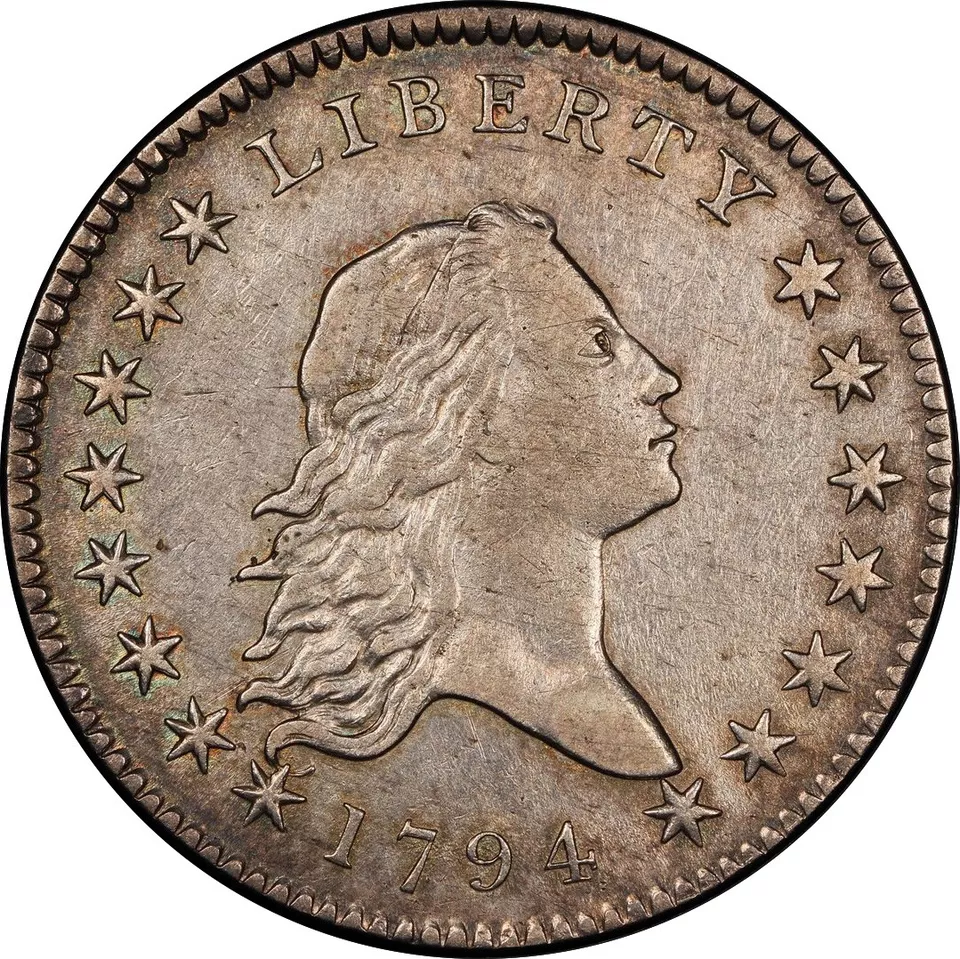The British Gold Sovereign is one of the world’s most renowned and historic gold coins, carrying a rich history that spans centuries.
Its origin dates back to 1489 when it was first introduced during the reign of King Henry VII. Throughout history, it has been associated with British royalty and has been minted during various reigns.
After Napoleon was defeated at the Battle of Waterloo in 1815, the Crown ordered a review of the nation’s coinage.
The new gold coin of 1817 was almost half the weight and diameter of the original Sovereign, but it was equally as beautiful. The reverse featured an image of St George slaying a dragon that had been designed by one of the most celebrated gem engravers in the world, Benedetto Pistrucci.
This design has remained relatively consistent over the years with only minor revisions and changes, symbolizing the strength and bravery of the British nation.
Traditionally minted in 22-carat gold, the British Gold Sovereign contains 91.67% pure gold and it is recognized as legal tender in throughout the United Kingdom, although its intrinsic value as an investment far exceeds its face value.
Queen Victoria Shield Gold Sovereigns
Queen Victoria’s Golden Jubilee took place in 1887 and new designs were unveiled for the gold and silver coins. Once more, Pistrucci’s St George was chosen for the reverse of The Sovereign, it being “Sanctioned,” said the Chancellor of the Exchequer, “by tradition and recommended by the great beauty of the design.”
In 1825 the image of St George was replaced with a more conventional image of the royal coat of arms. Shield back Sovereigns were minted between 1838 and 1887, with the exception of 1840, 1867 and 1876.
However, public outcry and criticism of the designs led to the St George design being reinstated during Queen Victoria’s reign. From 1871 onwards, the Saint and the dragon reappeared on the reverse alongside a shield design, both of which bore an image of the young Queen Victoria on the obverse.
During the British Empire’s peak, the Sovereign was used as a standard gold coin in many of the territories under British rule, leading to its wide circulation and recognition in various parts of the world.
Throughout history, the Sovereign was used in international trade and many countries accepted it as a form of payment due to its standardized gold content and purity.
South American Gold Sovereigns
Many South American nations based their gold currency on European trade standards. These coins were used for international trade and were often accepted alongside sovereigns in commerce.
These include: Argentina 5 Pesos (1881–1896), Peru 5 Soles (1898–1969), Colombian 5 Peso (1913–1930), Chilean 5 Pesos (1926-1980).
Modern Gold Sovereigns
Today, the modern British Gold Sovereign continues to be widely recognized and accepted in the global precious metals market, making it easy to buy, sell, and trade in various regions.
In addition to the full sovereign, fractional sizes like half-sovereigns and quarter-sovereigns are also available, making it accessible to a broader range of investors.
Like other gold coins, the British Gold Sovereign is considered a safe haven asset that is sought after by investors during times of economic uncertainty and market volatility.
The Sovereign’s gold content and consistent design have made it a classic choice for bullion investors seeking a reliable and recognized form of gold ownership. These coins are widely available from reputable online bullion and coin dealers, making it easy for investors and collectors to acquire.
Due to its rich history, distinctive design, and numismatic significance, the British Gold Sovereign has strong appeal among collectors, often fetching premiums beyond its gold melt value.







